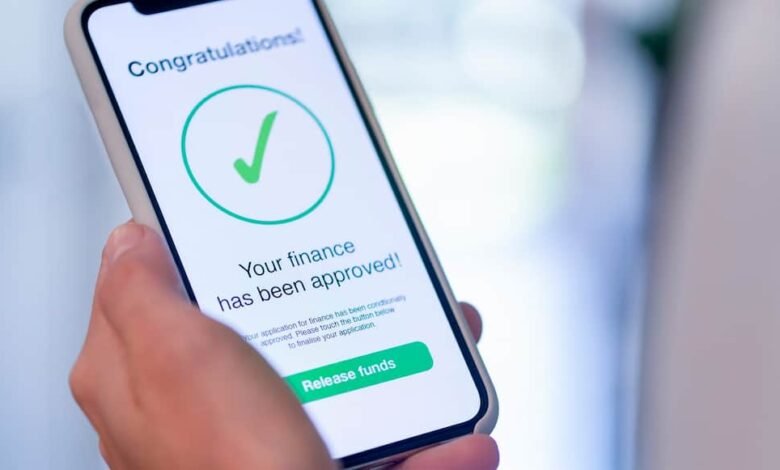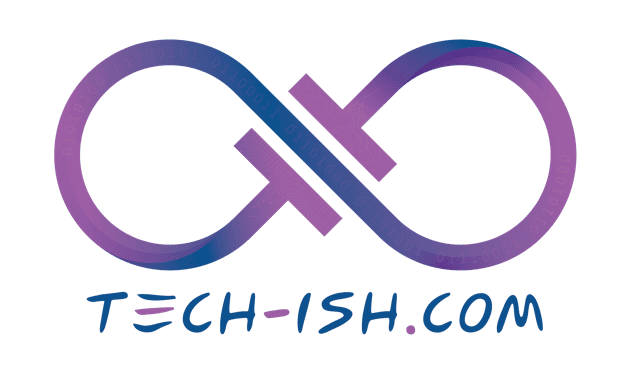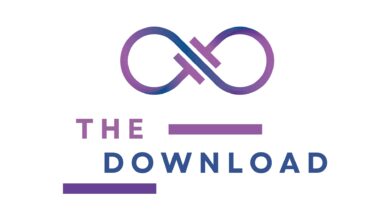
For years, mobile loan apps promised instant cash at your fingertips. But in Kenya, the smallest digital loans—meant to cover bus fare, food, or emergencies—are turning into a repayment trap, and lenders are changing their playbook.
What Happened
Fresh data from the Central Bank of Kenya (CBK) shows that 83% of loans below KES 1,000 went unpaid in 2024, making them the riskiest category for lenders. As defaults pile up, digital lenders are quietly raising their minimum loan amounts and tightening rules to protect revenues.
CBK’s data paints a clear repayment pattern:
- 83% default rate on loans under KES 1,000
- 69% default rate for loans between KES 1,000 and KES 5,000
- 16% default rate for loans above KES 50,000
What’s Changing
Instead of dishing out loans as small as KES 500, some apps now start lending at KES 1,000 and above. Under CBK rules, borrowers who default on loans below KES 1,000 cannot be listed with credit reference bureaus (CRBs). By pushing loan sizes higher, lenders gain the leverage to blacklist defaulters, a move they hope will discourage reckless borrowing.
Who Is Affected
The change hits hardest at low-income households that relied on tiny mobile loans to cover daily needs. For many, these small loans were the only form of credit available. Now, borrowers may be locked out unless they can handle larger, more consequential amounts that come with potential CRB penalties.
On the flip side, lenders argue the model was unsustainable. With more than 5.5 million Kenyans borrowing a combined KES 76.8 billion through digital platforms, the high rate of unpaid small loans risked undermining the entire sector.
The higher the stakes, the better the repayment. Economists note that small-ticket loans rarely generate enough income to cover themselves. They meet urgent needs but don’t build repayment capacity.
The Bigger Picture
Kenya’s digital lending boom has transformed financial inclusion. Over 153 licensed providers now issue instant loans through mobile apps, with more than 500 awaiting approvals. Advanced algorithms scan M-Pesa histories, contacts, and even social media to judge creditworthiness.
But critics warn the convenience hides risks: high interest costs, aggressive recovery tactics, and privacy concerns. Some borrowers, blacklisted by traditional banks, exploit digital loopholes to access multiple small loans, further fueling defaults.
On one hand, lenders are protecting themselves by moving away from loss-making microloans. On the other, the new rules may push vulnerable households out of formal credit altogether—forcing them back into informal lending networks with even harsher terms.
Why You Should Care
If you rely on mobile loans for emergencies, the floor has shifted. You may no longer find quick KES 500 fixes at your favorite app. Instead, you’ll face larger minimums that carry real consequences if unpaid. For responsible borrowers, though, this could mean more stable credit limits and better access to bigger loans over time.
What’s Next
The CBK is expected to monitor the impact of these changes on both lenders and consumers. Will higher minimum loans curb defaults without excluding millions? Or will it widen the gap in financial access for Kenya’s poorest households? For now, one thing is clear: digital loans are no longer as “micro” as they used to be.







